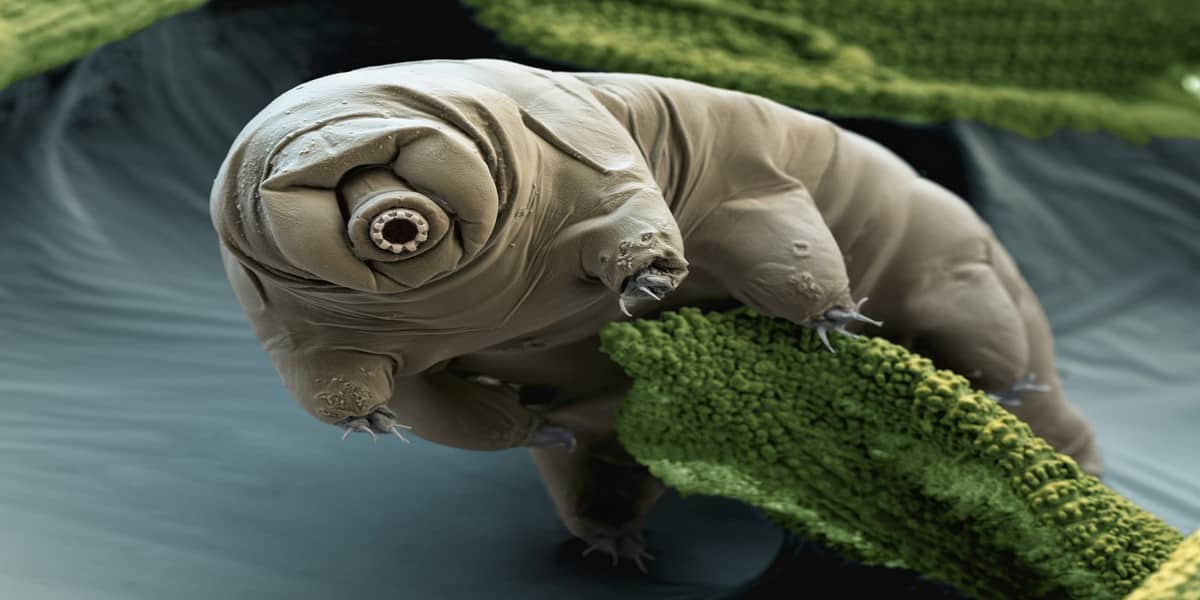Water Bear
Doodlebrary
1. What is a Water Bear?
- Scientific Name: Tardigrade.
- Size: Typically 0.3 to 0.5 millimeters in length.
- Habitat: Found in diverse environments—moist areas like moss, soil, and lichen; deep oceans, and even space.
- Appearance: Plump, segmented body with eight legs, each ending in claw-like structures; resembles a miniature bear in its gait.
2. Unique Abilities
- Tardigrades are known for their extreme survival skills, thriving in conditions lethal to most organisms.
- Their most fascinating ability is cryptobiosis—a state of suspended animation where they halt metabolic activity and dehydrate to form a protective, shriveled tun.
3. Extreme Survival Capabilities
- Temperature: Survive from freezing (-328°F / -200°C) to boiling temperatures (304°F / 151°C).
- Radiation: Can endure radiation levels 1,000 times higher than humans.
- Space Exposure: Survived in the vacuum and radiation of outer space (2007 ESA space mission).
- Pressure: Tolerate crushing pressures up to 6,000 times Earth’s atmospheric pressure.
- Desiccation: Survive without water for years by dehydrating into a tun and reviving when rehydrated.
4. How Do They Survive?
- Trehalose: A sugar produced during cryptobiosis that protects cells from damage caused by dehydration.
- Protective Proteins: Unique proteins shield their DNA from damage caused by radiation and extreme conditions.
- Metabolism: In their tun state, the tardigrade’s metabolism drops to near zero, allowing it to conserve energy for long periods.
5. Scientific Importance
- Medical Advances: Insights into tardigrades’ DNA repair mechanisms and preservation methods could aid in organ and tissue preservation.
- Space Travel: Their resistance to radiation could help in developing protection strategies for astronauts.
- Astrobiology: Water bears push the boundaries of where life can exist, supporting the possibility of life in extreme environments, including other planets.
6. Key Takeaways
- Extreme Survivors: Tardigrades have evolved to withstand some of the harshest conditions known.
- Adaptability: Their ability to enter a tun state allows them to pause life until conditions improve.
- Scientific Wonder: From medical research to space exploration, water bears inspire new possibilities in science and technology.
7. Conclusion
- Though tiny, the water bear is one of the most resilient and fascinating organisms on Earth. Its abilities not only challenge our understanding of life’s limits but also offer potential applications for the future of science and exploration.
